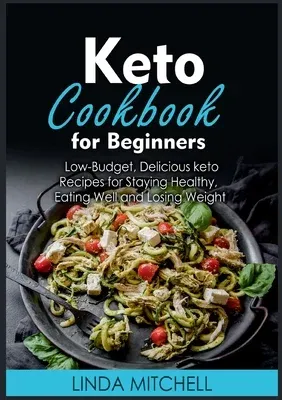The ketogenic diet is a very low-carb, high-fat and adequate-protein
diet for people with certain medical conditions. It has many therapeutic
benefits that come with it such as improvement in mood, energy levels,
body composition, weight loss and more. Although the keto diet is not
for everyone as some people may feel a little uncomfortable adapting to
such a drastic change in their food intake. However, many others are
eager to try it out for themselves due to its amazing benefits! Keto
Diet Overview The best way to break down the Keto Diet is by breaking
down some terms: Carbohydrate - Any or all forms of carbohydrates that
are found in foods you eat and drink on an empty stomach. Carbohydrates
are broken down in your digestive tract and released into the
bloodstream as glucose, also known as blood sugar. Fat - Fat is a
molecule found in food that provides energy, structure, and protection
to all types of cells in the body. It also transports some vitamins (A,
D, E and K) throughout the body. Fats are made up of an array of fatty
acids that differ in size and shape. Some examples include short and
medium-chain fats (found in butter), along with long-chain fats (found
in coconut oil). Protein - Proteins are made up chains of amino acids
which serve as the building blocks for every cell, tissue, organ and
system in the human body. They also make up your hair, skin and nails.
Some key examples of protein rich foods are: chicken, eggs, salmon, beef
and pork. Carbs vs. Proteins Keto Diet Carbohydrates (CHO): Nuts,
legumes, whole grains and most fruits are the most common sources of CHO
that consume. Foods containing CHO raise blood sugar levels the quickest
and trigger insulin production which can lead to fat storage if a person
consumes more CHO than they need. Keto Diet Proteins (PRO): Chicken
breast, egg whites and cheese are the most common protein sources in the
keto diet. PRO can be converted into glucose but at a slower rate than
CHO due to their structure. Whe


